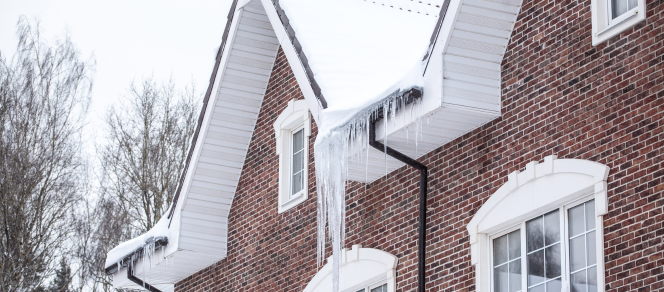Breathe Easy Study Shows Ventilation Systems Improve Indoor Air Quality
New research conducted by Elevate and IIT and funded by the U.S. Department of Housing and Urban Development and ComEd shows that ventilation systems in the home are beneficial for indoor air quality.
Breathe Easy
We spend 90% of our time indoors, exposed to pollutants originating from within buildings. The EPA estimates that the average person receives 72% of their chemical exposure at home, through mold, combustion byproducts like carbon monoxide, and toxic building materials and products.
The Breathe Easy project evaluated indoor air quality and asthma outcomes for different types of ventilation systems. The project was a partnership with Elevate and the Illinois Institute of Technology (IIT), funded by the Department of Housing and Urban Development (HUD) and ComEd, and with recruitment supported by the Chicago Bungalow Association.
During the three-year study, the project team worked in 40 homes with 52 adult residents with asthma. The project team installed three types of ventilation systems to test their performance:
- Exhaust system: This system pulls air from outside to the indoors using bathroom exhaust fans.
- Central fan integrated supply (CFIS) system: This system delivers outdoor air to the indoors using the existing furnace or air-conditioning unit.
- Balanced system with energy recovery ventilator (ERV): This system circulates both indoor and outdoor air at the same time.
Homes with central heating and cooling systems also received filter upgrades.
The first of a series of peer-reviewed papers from the Breathe Easy project is now published in the journal Science of the Total Environment. The first paper focuses on indoor air quality impacts, while subsequent papers will focus on asthma outcomes.
Ventilation Systems Improve Indoor Air Quality
The project team measured indoor air quality pre- and post-installation for these ventilation systems. While some systems reduced pollutant concentrations more than others, all ventilation systems were effective in reducing pollutant concentrations to improve indoor air quality.

Combining Indoor Air Quality and Energy Efficiency Strategies Are Beneficial
In addition to ventilation systems, the project team installed energy efficient furnace motors in all homes that were feasible based on heating system type and homeowner preference. We found that some types of ventilation systems increased energy use in the home, but installing an efficient furnace motor alleviated that additional energy use and allowed for minimal change in operating costs.
A cost analysis compared the combined costs of the ventilation system retrofit in each home over the course of an assumed 10-year period. The average combined cost of the exhaust-only system, the CFIS system, and the balanced system with an ERV were approximately $3,780, $2,530, and $4,260, respectively, over 10 years.
Although the balanced system with an ERV had the highest combined costs, it had the lowest energy costs for heating and cooling (about $75 per year) because the ERV was able to take advantage of heating and cooling heat recovery. Comparatively, the exhaust-only system had the highest average energy cost at $239 annually and used nearly 96% of its energy consumption on heating and cooling of the ventilation air.

Learn More
Access the final results of the peer-reviewed Breathe Easy paper in Science of the Total Environment, or visit ComEd’s Emerging Technologies website to read the executive summary and request a report of our preliminary findings. More papers will continue to be published in the Breathe Easy series.
If you have respiratory complaints, consider installing ventilation in your home to improve your indoor air quality by contacting a qualified contractor!



